How to Fix a Leaking Water Heater Pressure Relief Valve: Expert Tips
An essential piece of equipment in every house is a water heater that provides hot water for various domestic uses. However, problems such as a leaky water heater pressure relief valve may warrant attention. It’s critical to take quick action to fix it to prevent further damage and ensure smooth functioning. Our Edwardsville water heater experts can assist in addressing these issues promptly and effectively.
In this blog, we’ll examine the root causes and offer detailed advice on resolving them.
Understanding the Pressure-Relief Valve
The pressure-relief valve, or the T&P (temperature and pressure) relief valve, is a safety feature designed to release excess pressure or temperature inside the water heater tank. It prevents the tank from bursting due to excessive pressure buildup.
Causes of a Leaking Pressure-Relief Valve
Several factors can lead to a water relief valve leaking:
High Water Pressure:
If the water pressure in your home’s plumbing system is too high, it can cause the relief valve to open and leak water.
Excessive Temperature:
The valve that releases water might also be activated by extremely hot water within the tank.
Faulty Valve:
Over time, the water heater pressure relief valve can degrade or become faulty, leading to a hot water heater pressure relief valve leaking.
Sediment Buildup:
The water heater pressure relief valve may open due to overheating brought on by sediment buildup inside the tank.
Steps to Fix a hot water heater pressure relief valve leaking
1. Turn Off Power and Water Supply:
Make sure you are safe before doing any repairs on the water heater by shutting off the electricity (for electric models) or putting the gas valve that controls it on “pilot” (for gas models). Additionally, find and turn off the water heater’s cold water supply valve.
2. Drain the Tank:
To relieve pressure inside the water heater tank and prevent water from spilling during repair:
- Attach a garden hose to the drain valve near the tank’s bottom.
- Run the hose to a suitable drainage area (like a floor drain or outdoors) and open the valve to allow water to drain out.
- Be cautious, as the water may be hot.
3. Remove the Old Relief Valve:
After emptying the tank, gently remove the leaky pressure-relief valve using a pipe wrench from the container’s fitting. To release and remove the valve, turn the wrench anticlockwise. Take care not to harm any nearby pipes or fixtures.
4. Prepare the New Relief Valve:
Plumber’s tape, or Teflon tape, should be wrapped over the thread of the freshly installed relief valve before installation to provide a tight seal and stop leaks. Make sure the new relief valve has the right pressure and temperature specifications and is compatible with the model of water heater you own.
5. Install the New Relief Valve:
Carefully thread the replacement valve for relief into the tank’s fitting using a pipe wrench. Ensure the valve is properly tightened, but don’t overtighten it, as this might harm the valve assembly or threads.
6. Restore Water Supply and Check for Leaks:
After installing the new relief valve, shut off the tank’s drain valve and take the garden hose out. To fill the tank again, turn on the cold water supply again. Examine the new relief valve’s connections and surrounding area for any leaks.
7. Restore Power or Gas Supply:
If you have switched off the gas or electricity, relight the pilot light on gas heaters or securely restore power on electric heaters by following the manufacturer’s instructions. Ensure the relief valve stays closed while the water heater is used normally by monitoring its correct functioning.
When to Call a Professional
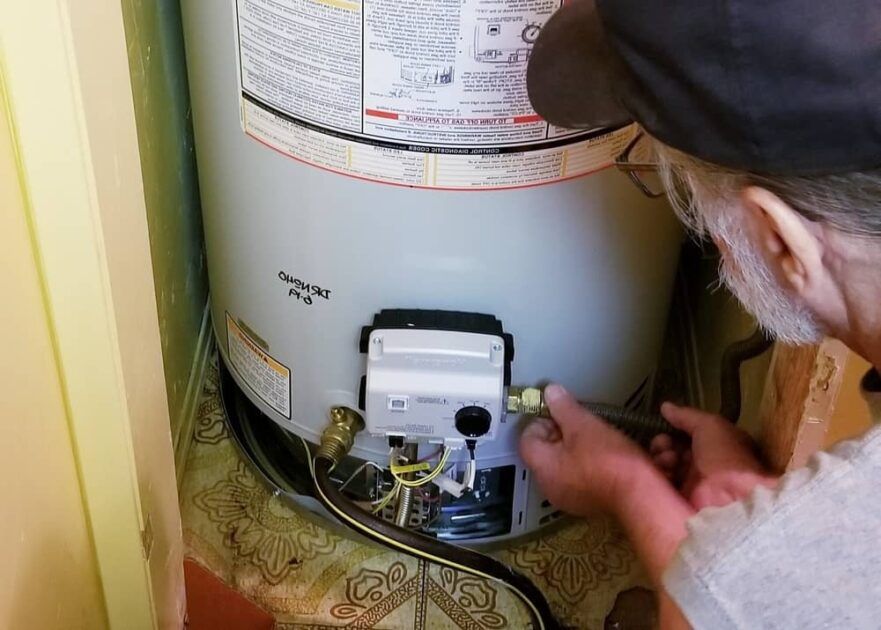
1. Uncertain Diagnosis:
Speaking with a licensed plumbing company is preferable if you need clarification about the water heater leaking from the relief valve source or experience troubleshooting water heater problems. They have the specialized equipment and procedures to identify the problem correctly.
2. Persistent Leaks:
After trying do-it-yourself solutions like replacing or maintaining the pressure-relief valve, if the leak persists, a professional can fix the problem with the water heater. Furthermore, extended leaks may indicate more serious issues with the plumbing system or tank.
3. Safety Concerns:
Water heater maintenance includes dealing with pressurized containers, electrical components (for electric heaters) and gas pipelines (for gas heaters). If you’re uncomfortable or inexperienced with these parts, it’s best to leave them in the hands of a licensed plumber.
4. Compliance and Regulations:
Plumbers are knowledgeable about the local plumbing standards and regulations. Moreover, if repairs or replacements need altering plumbing connections or components, a licensed plumber can ensure that the work complies with safety regulations and local laws.
5. Older Water Heaters:
Leaky relief valves are one symptom of greater system problems in older water heaters that are getting close to the end of their useful lives. A qualified plumber can evaluate the water heater’s general state and suggest necessary maintenance or replacement.
6. Gas Water Heater Concerns:
The potential for incorrect combustion or gas leakage makes gas water heaters riskier. Therefore, it is important to contact a plumber experienced in working with gas appliances if you have a gas water heater and suspect problems with the relief valve or other parts.
Conclusion: Ensuring Safe and Efficient Water Heater Operation
Your water heater’s pressure relief valve may need to be replaced, or the entire system may need to be maintained to address a leak. Carefully check the valve. You may successfully fix the issue and restore the functioning and safety of your water heater by following these procedures and comprehending the underlying reasons for the problem.
Expert water heater diagnostics and repair, including leaky pressure-relief valves, are provided by Rooter-Man Plumbers of Southern Illinois. Our certified experts, dedicated to achieving client pleasure and have years of expertise, guarantee efficiency, safety, and compliance.
The post How to Fix a Leaking Water Heater Pressure Relief Valve: Expert Tips appeared first on Rooter-Man Plumbers.


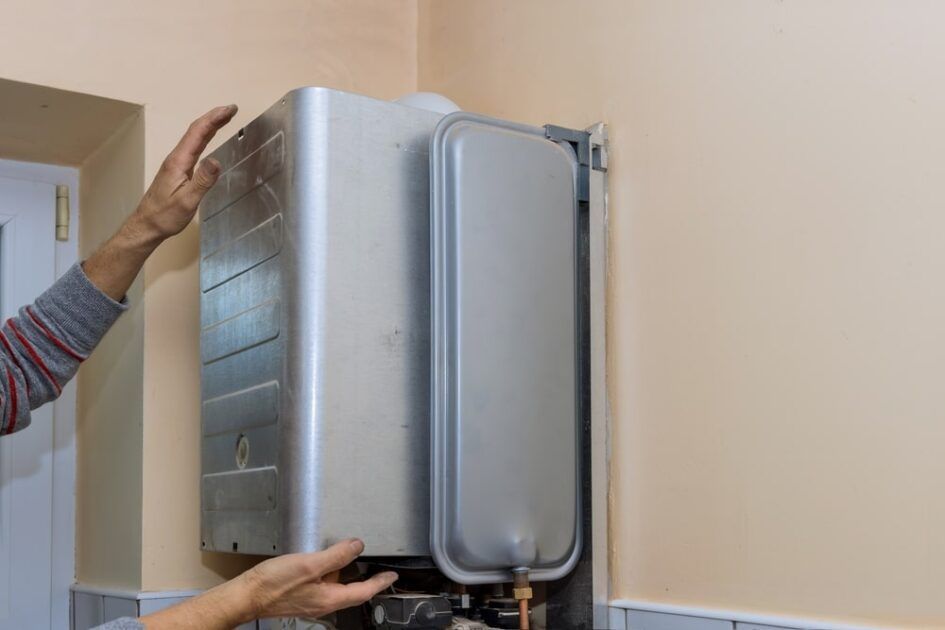
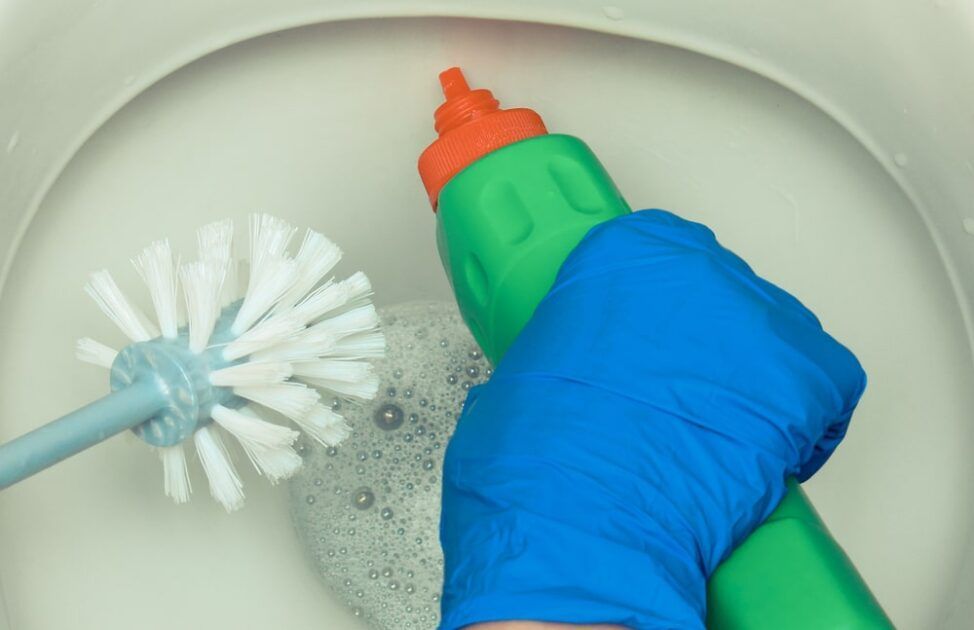
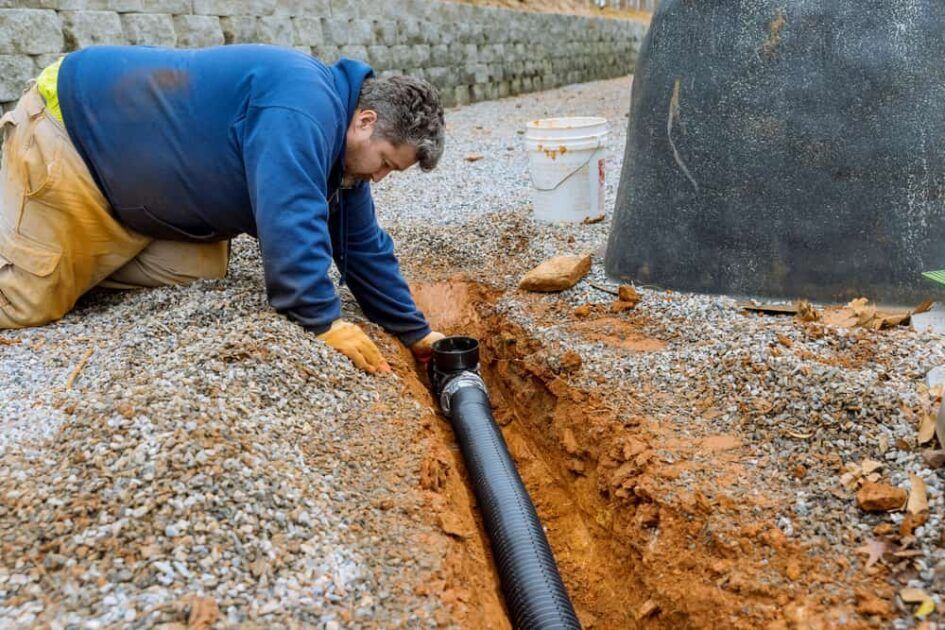
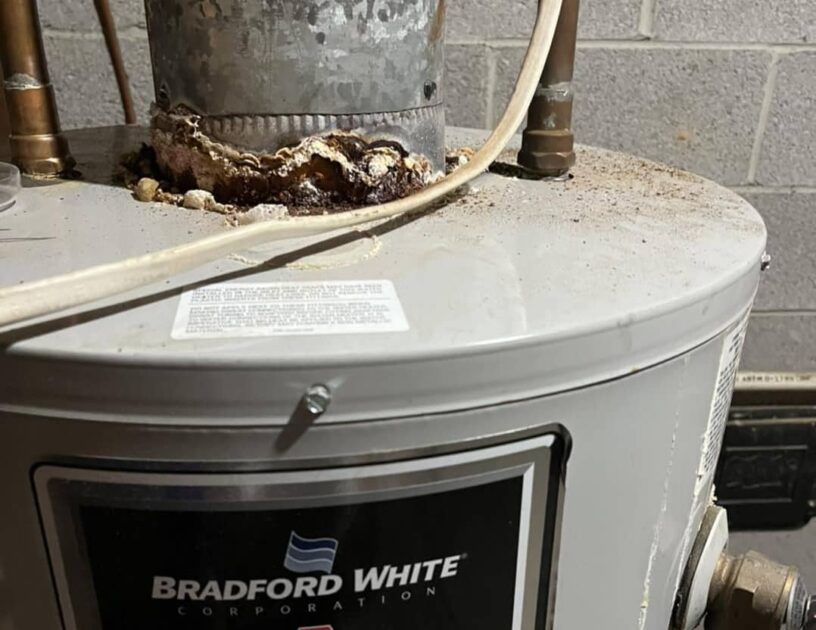
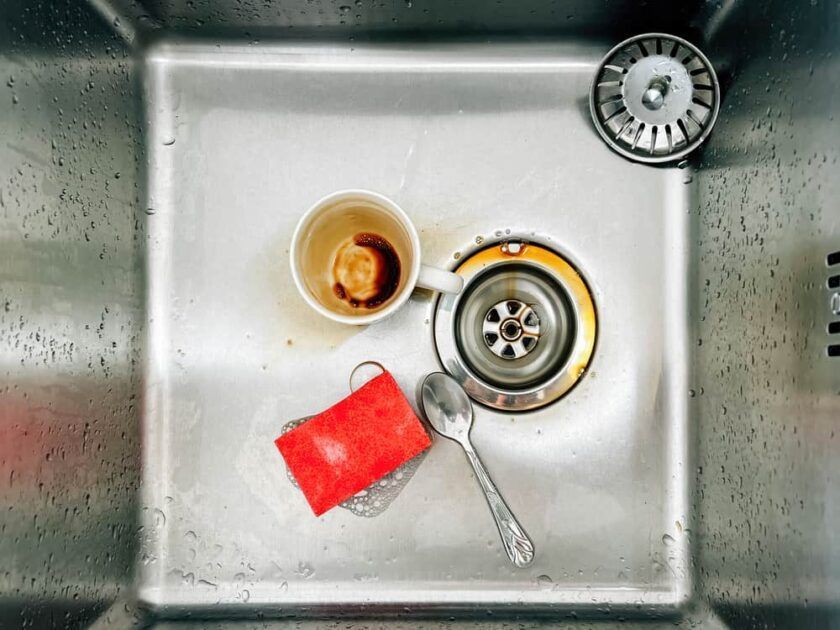
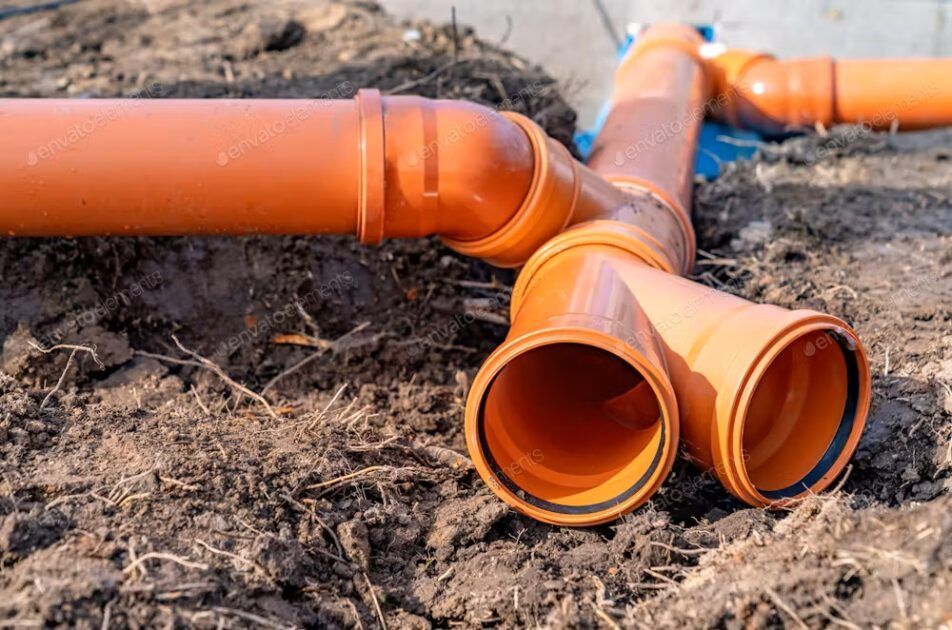
Contact Us Today For Trusted Plumbing Services!
For prompt and professional plumbing solutions in Southern Illinois, contact us at (618) 974-9447. Whether you need an urgent repair or routine maintenance, our experienced team is ready to provide fast, efficient, and effective service, ensuring your plumbing needs are met with the highest standards. Call today and experience the peace of mind that comes with having reliable and expert plumbers on your side!
Contact Us
We will get back to you as soon as possible.
Please try again later.
Our Location
9384 Schaefer Rd
Staunton, IL 62088
Office Hours
- Mon - Sun
- -
Service Hours
24hrs a day, 7 days a week
We offer warranties on most calls ranging from 30 days to 5 or more years depending on the circumstances. The cause of a no warranty in drain lines would be due to roots or other obstructions in the line.

